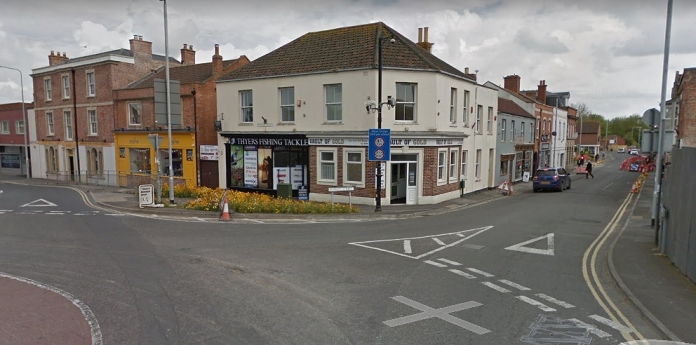Highbridge has been named as one of the most deprived areas of Sedgemoor in the latest 2021 census results.
The findings have come from the Office for National Statistics (ONS) in its latest release of data just released following the census carried out in March last year.
Households across England were categorised in terms of four different ‘dimensions of deprivation’ to calculate the local deprivation levels.
The first is where any member of a household, who is not a full-time student, is either unemployed or long-term sick. The second covers households where no person has at least five or more GCSE passes or equivalent qualifications, and no 16 to 18-year-olds at the home are full-time students.
The third category is where any person in the household has general health that is “bad” or “very bad” or has a long-term health problem. The fourth is where the household’s accommodation is either overcrowded or is in a shared dwelling, or has no central heating.
The official data shows that 52.5% of households in Sedgemoor were defined as ‘deprived’ in at least one of these four ‘dimensions’.
The area is largely in line with the average across England and Wales, albeit slightly above the average of 51.7 per cent.
Sedgemoor’s five areas with the highest deprivation rates are:
- Bridgwater North – 64.6% of households here were deprived in at least one dimension at the time of the 2021 census.
- Bridgwater South – 63.7% of households here were deprived in at least one dimension at the time of the 2021 census.
- Highbridge – 63.6% of households here were deprived in at least one dimension at the time of the 2021 census.
- Bridgwater Town – 58.7% of households here were deprived in at least one dimension at the time of the 2021 census.
- Burnham-On-Sea – 58.7% of households here were deprived in at least one dimension at the time of the 2021 census.
The publication of the data should help the area gain access to Government funding for local regeneration and social projects to address the issues.







